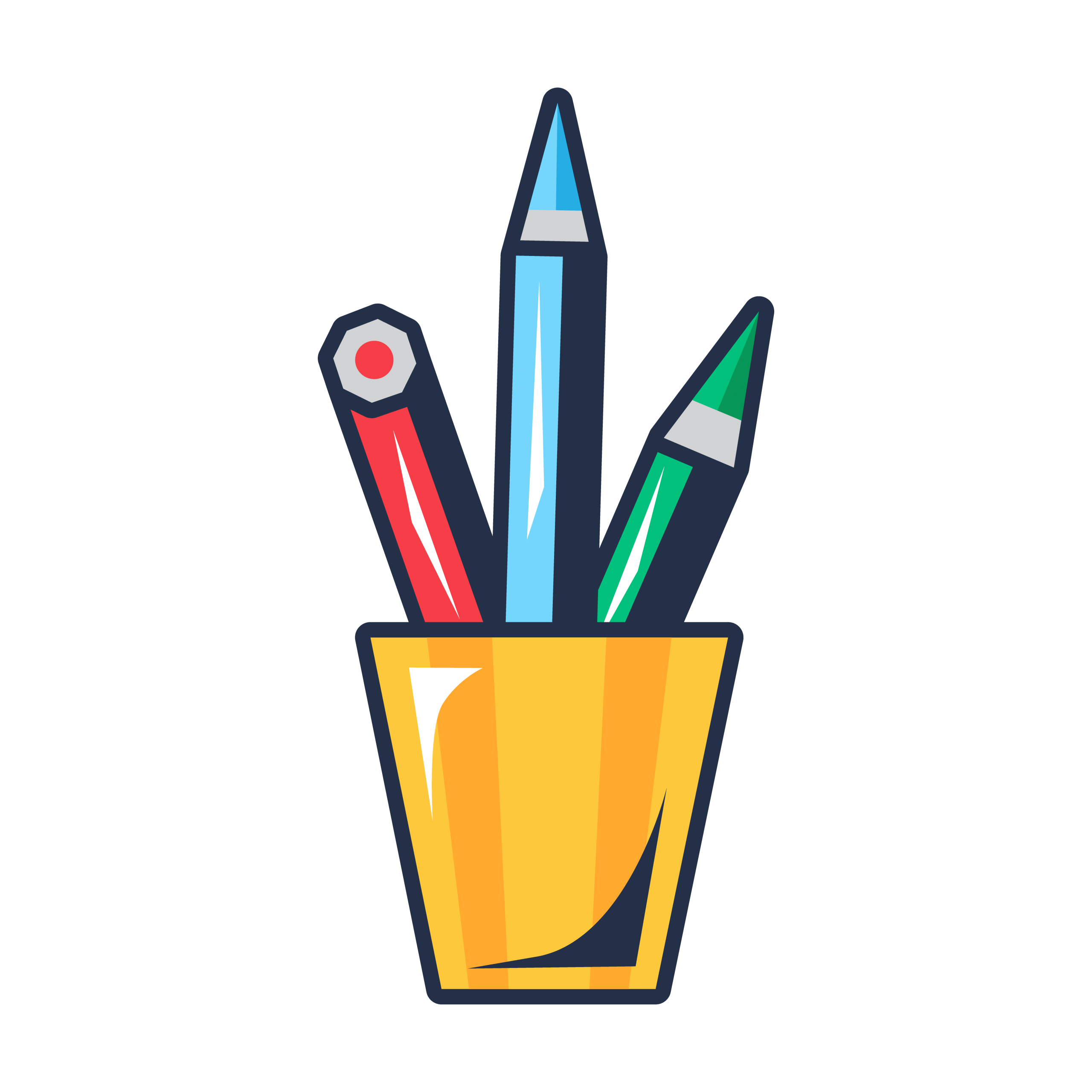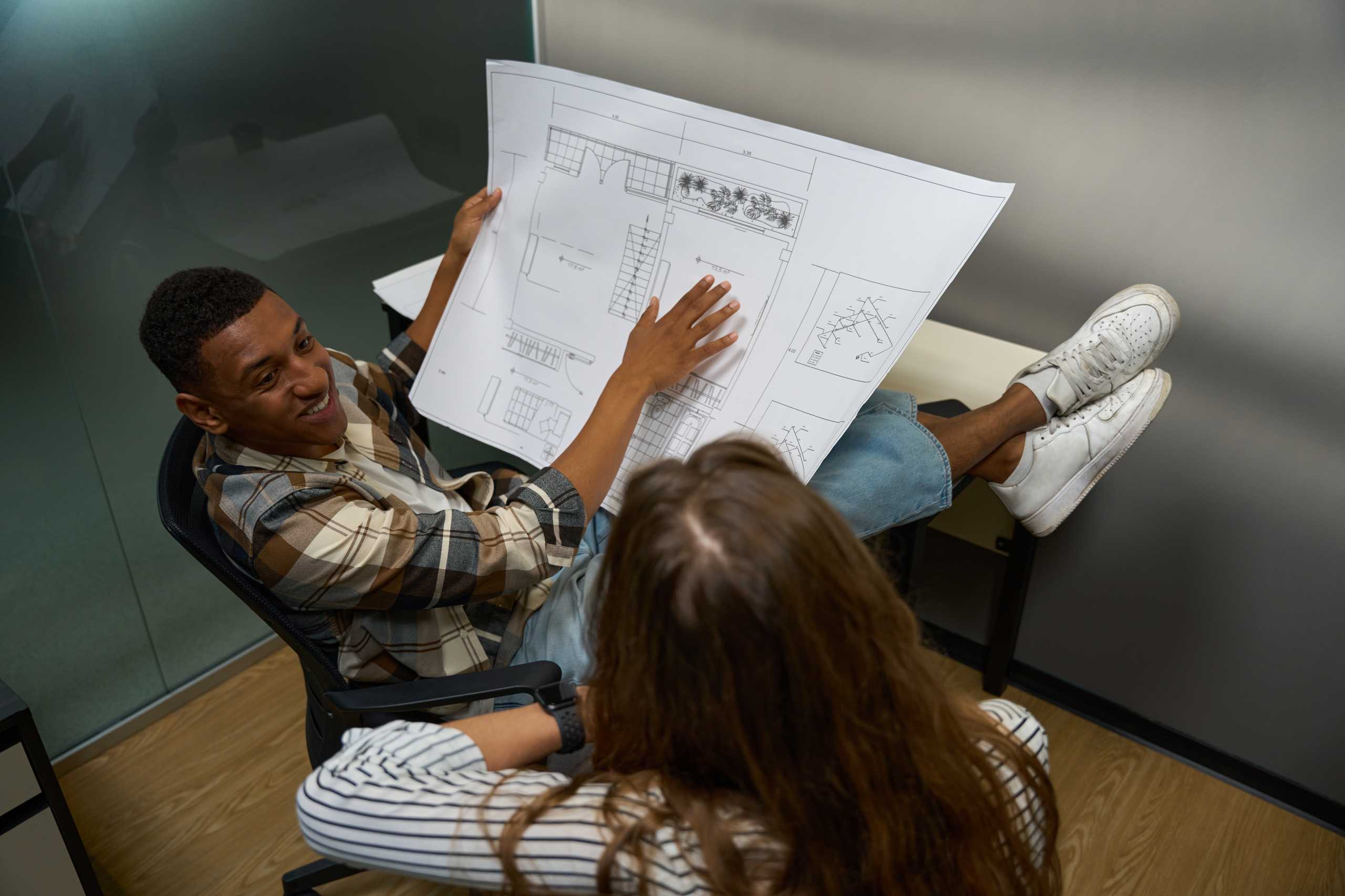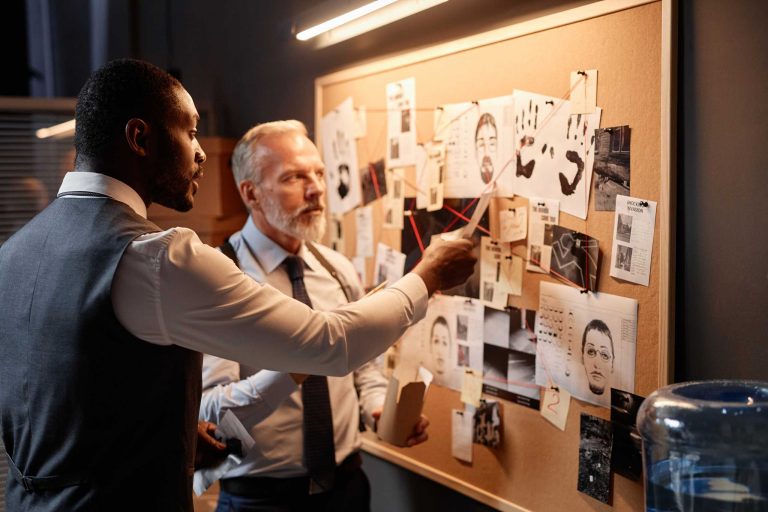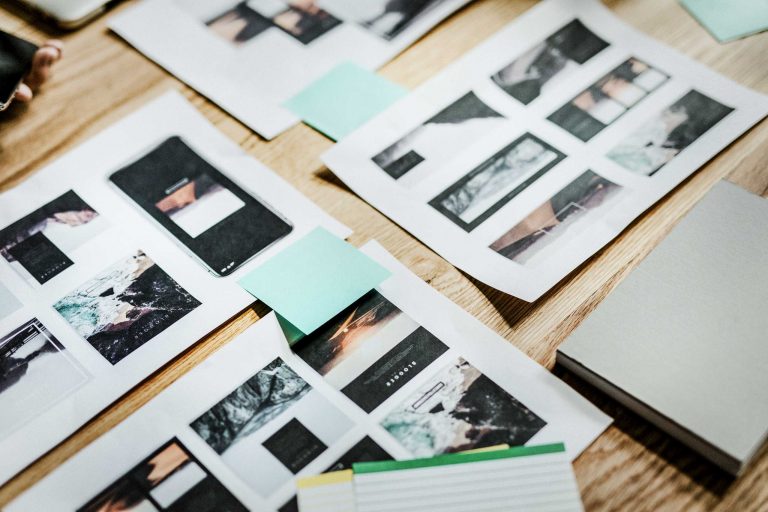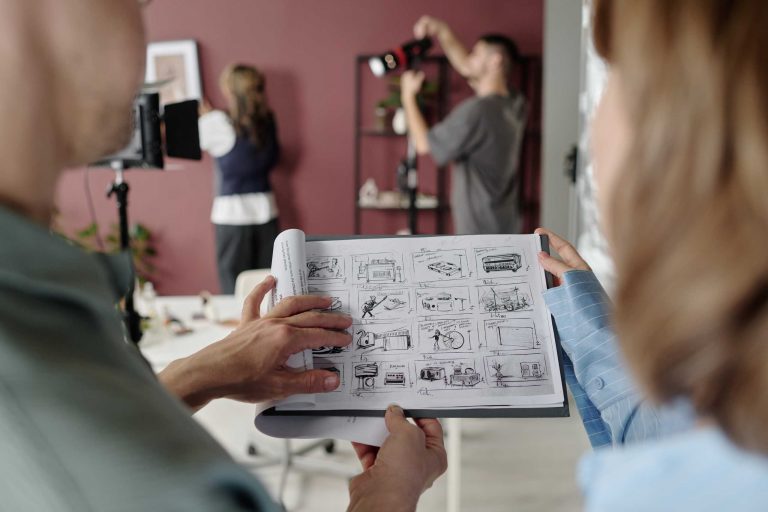When people hear the word “storyboarding,” many picture quick pencil sketches arranged in a sequence. While that’s true in a basic sense, the real magic of storyboarding lies in how it transforms abstract ideas into a detailed, visual blueprint for storytelling.
Storyboards are the heartbeat of many creative industries — film, animation, advertising, and even game design. They allow creators to:
- Visualize how each scene will look before production begins.
- Plan the rhythm, pacing, and emotional beats of the story.
- Communicate clearly with the entire creative team, from directors to lighting specialists.
Why Storyboarding is a Creative Superpower
A storyboard gives you control. Instead of rushing into production and hoping things align, you can see every moment before it happens. It lets you experiment with angles, compositions, and movement — without wasting time or resources.
This process also encourages collaboration. Writers, designers, and producers can gather around a single set of images and speak the same language: the language of visuals. That shared understanding means fewer mistakes and more powerful results.
How Professionals Approach Storyboarding
Even in large studios, storyboarding is a mix of artistry and practicality.
Here’s what professionals often focus on:
- Clarity — Each frame must be instantly readable, even to someone unfamiliar with the project.
- Flow — The sequence should feel natural, guiding the viewer’s eye smoothly from scene to scene.
- Purpose — Every shot should exist for a reason, supporting the story and emotional impact.
By mastering these principles, you’re not just making pretty drawings — you’re building the foundation for a compelling visual narrative.
Bringing Your Ideas to Life
At Storyboardly Course, we believe storyboarding is where creativity meets precision. We guide you step-by-step, from the first concept sketch to a complete, production-ready sequence. Along the way, you’ll gain insights into camera movement, shot composition, and storytelling techniques that professionals rely on daily.
A well-crafted storyboard doesn’t just plan a story — it breathes life into it before the first frame is ever filmed. That’s the difference between a vague idea and a vision you can confidently bring to the world.
